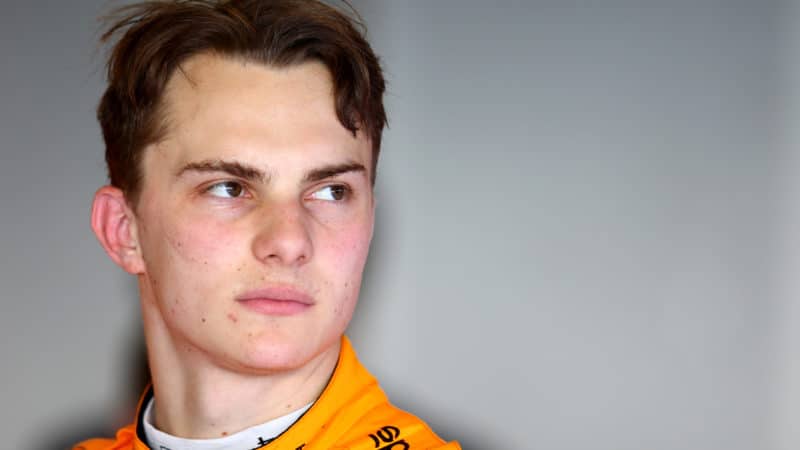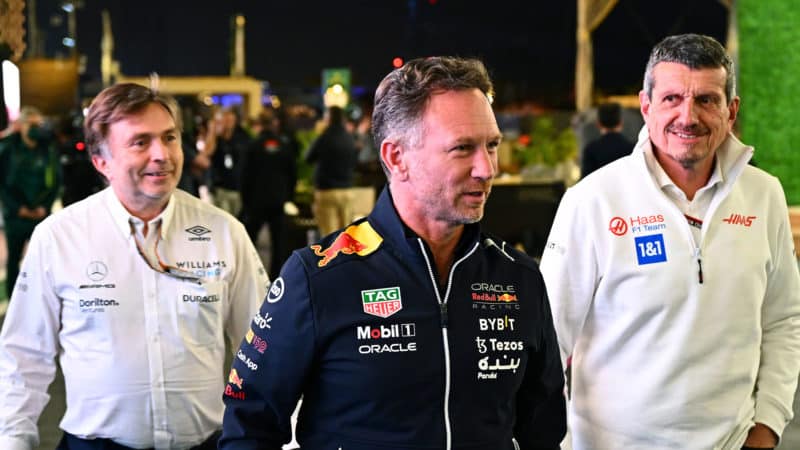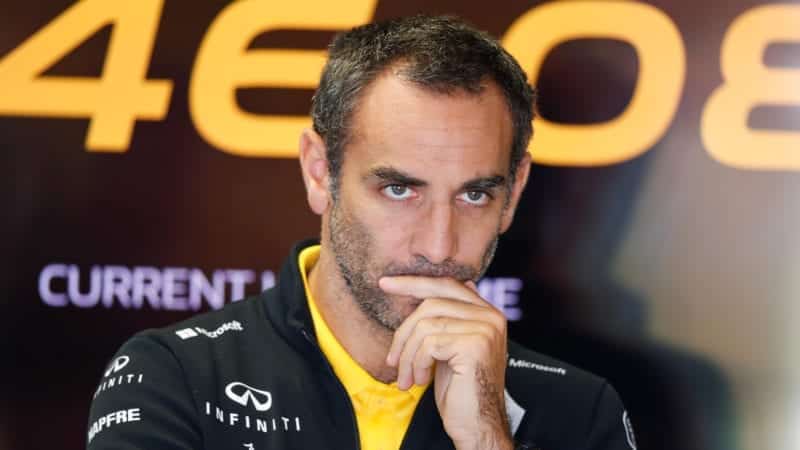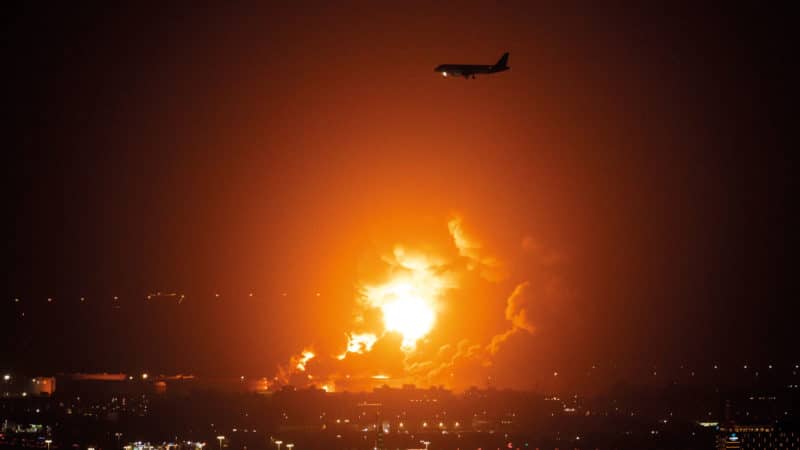But no more. It’s all too easy to press pause on the latest instalment, where the fun seems to have stopped. The viewing figures will tell their own story, but for F1 fans, it’s hard to argue hat the series hasn’t peaked already.
The Cinderella sport always waiting to break America has now finally gone to the ball, has taken over the US, taken over the Arab Emirates (or is it the other round?), and is taking over the world.
With DtS being a main tool to do this, the world championship has become self-aware on a level it never was before. Via Netflix it caught sight of itself in the mirror, and decided for the most part it didn’t like what it saw.
What little innocence remained in the F1 paddock has evaporated, as drivers and bosses — backed by PR advice — seem only to present themselves in a Netflix-friendly light.
Things started to go downhill in DtS 4, with everything appearing increasingly shallow, only acting as an advertisement for the series in its most glamorous light. Mercedes and Ferrari’s involvement seemed essentially pointless aside from acting as dress rehearsal for its press release B-roll. Toto Wolff’s faux meetings to bin off Valtteri Bottas and promote George Russell appeared toe-curlingly staged. The Scuderia’s potted appearances, perhaps unsurprisingly, didn’t even make sense.

McLaren’s Oscar Piastri is at the centre of the new series’ best storyline
Mark Thompson/Getty Images
The latest series is blander still, only held up by the ever-reliable Steiner and the sizeable Oscar Piastri spat between McLaren and Alpine, good enough to spread over two episodes.
The dwindling dramatic interest offered up by the series isn’t necessarily the fault of its creators, Box to Box Films. With the show acting as advertising for the world championship, F1 clearly has the final say on what goes in.
The coverage of the 2021 Abu Dhabi Grand Prix – in both S4 and 5 – was wetter than the wettest of lettuces. BtB had a camera trained on now ex-race director Michael Masi, but key moments of footage are not revealed.





